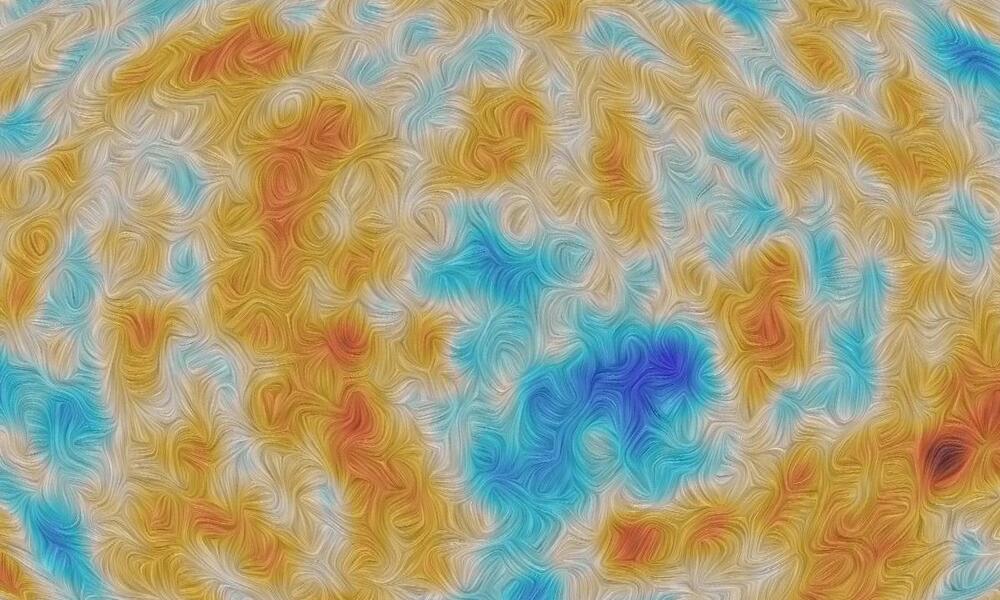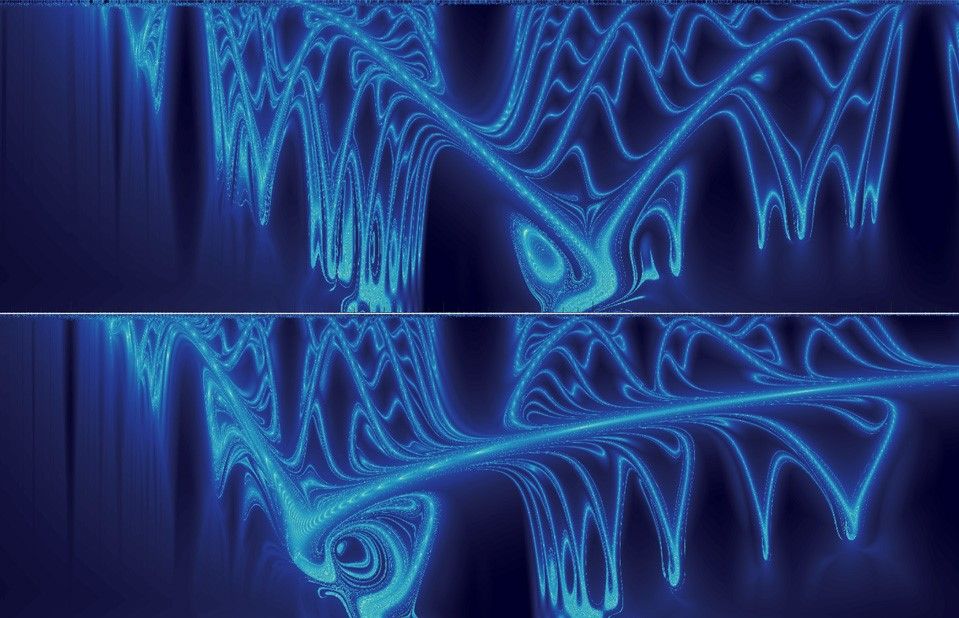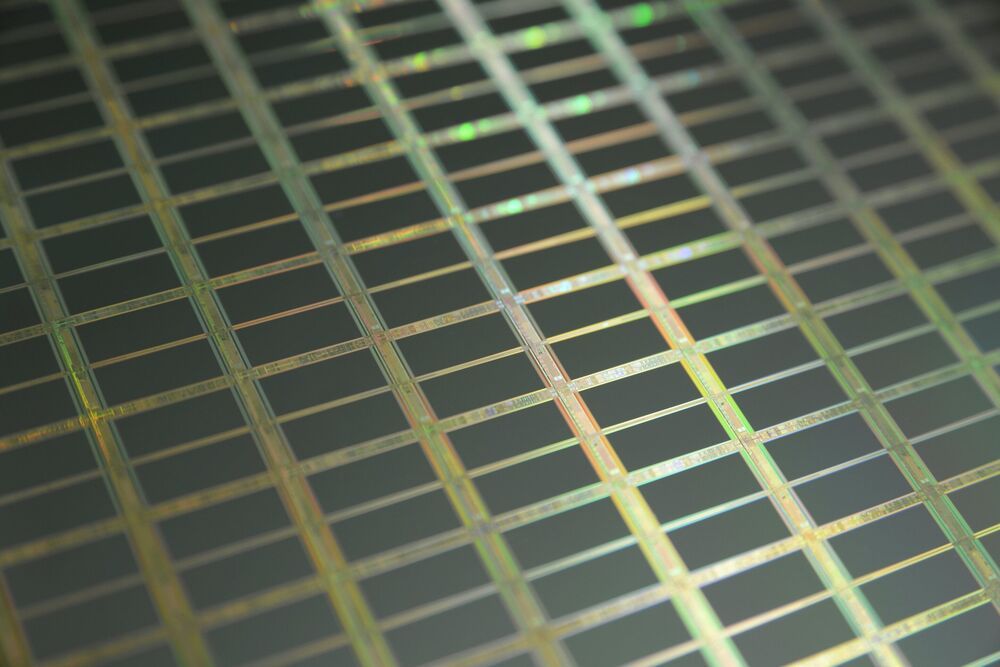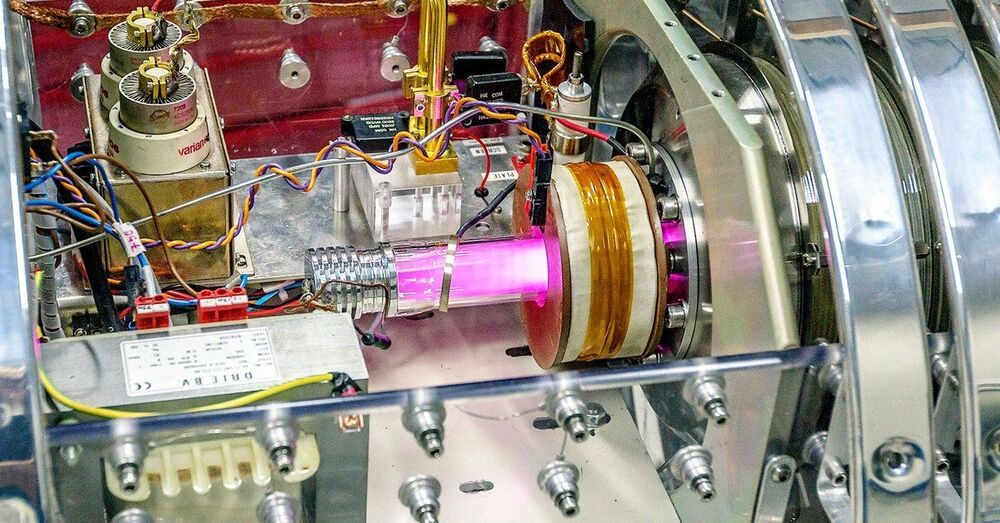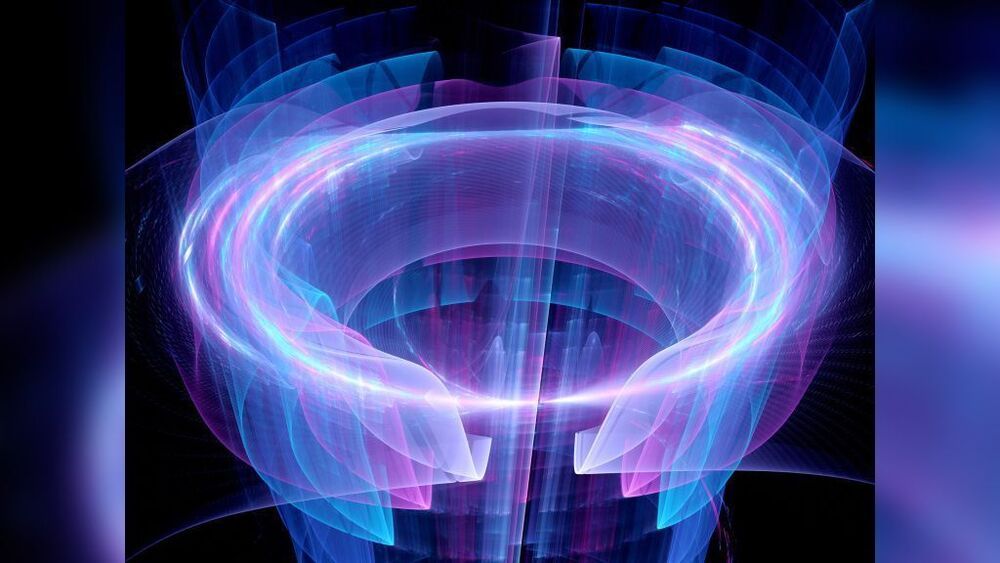“I myself believe that there will one day be time travel because when we find that something isn’t forbidden by the over-arching laws of physics we usually eventually find a technological way of doing it.” –David Deutsch
Time travel may still be in the realm of science fiction, inspiring the plots of countless books, mo v ies and Star Trek episodes, but not out of the realm of possibility. While basic physics allows for the possibility of moving through time, certain practical concerns and paradoxes seem to stand in the way. The “Fractal Soliton of Improbability,” postulating that any moment is unique and only happens once in the lifetime of a universe, or “Grandfather Paradox,” in which a traveler jumps back in time, kills his grandfather and therefore prevents his own existence, are the most salient paradoxes arising in relation to time travel.


